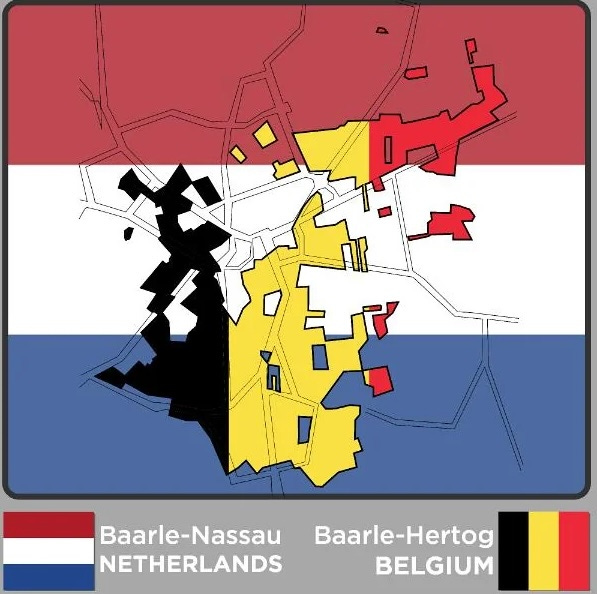What Is a Country, Anyway?
Rethinking Borders, Travel, and Human Connection 🌍✨
A Brief History of Countries and Borders
When we think of the world today, we see a patchwork of nearly 200 nations, each with fixed borders and flags. But the truth is: the idea of a “country” is a very recent phenomenon.
Human societies first organized themselves into kingdoms, ruled by dynasties and monarchs who defined power through loyalty and conquest ⚔️. Over time, these kingdoms morphed into vast empires, stretching across continents and blending diverse cultures under a single rule.
The concept of the modern nation-state, however, complete with fixed borders, national languages, and centralized governments, didn’t truly emerge until the late 19th century, shaped by European colonialism and the rise of the bureaucracy. This shift transformed the world map into the patchwork of countries we recognize today. (Imagine how epic but confusing being a “country counter” was in the 1800s! 😅)
Borders, in other words, are not natural. They’re artificial human constructs. And despite what politicians might tell us, they don’t exist to unite people, but often to divide them.
When Rivers Move but Borders Don’t 🌊
For centuries, rivers served as natural borders. The Danube. The Mississippi. The Rio Grande. They were convenient dividers…until nature reminded us it doesn’t sit still.
Take the Rio Grande between the U.S. and Mexico. Floods in the 1800s shifted its course, suddenly putting land that was once in Mexico on the American side. This sparked decades of diplomatic disputes until a treaty finally resolved the question.
The lesson? What we think of as “fixed” borders are really just temporary arrangements, often disagreeing with nature.
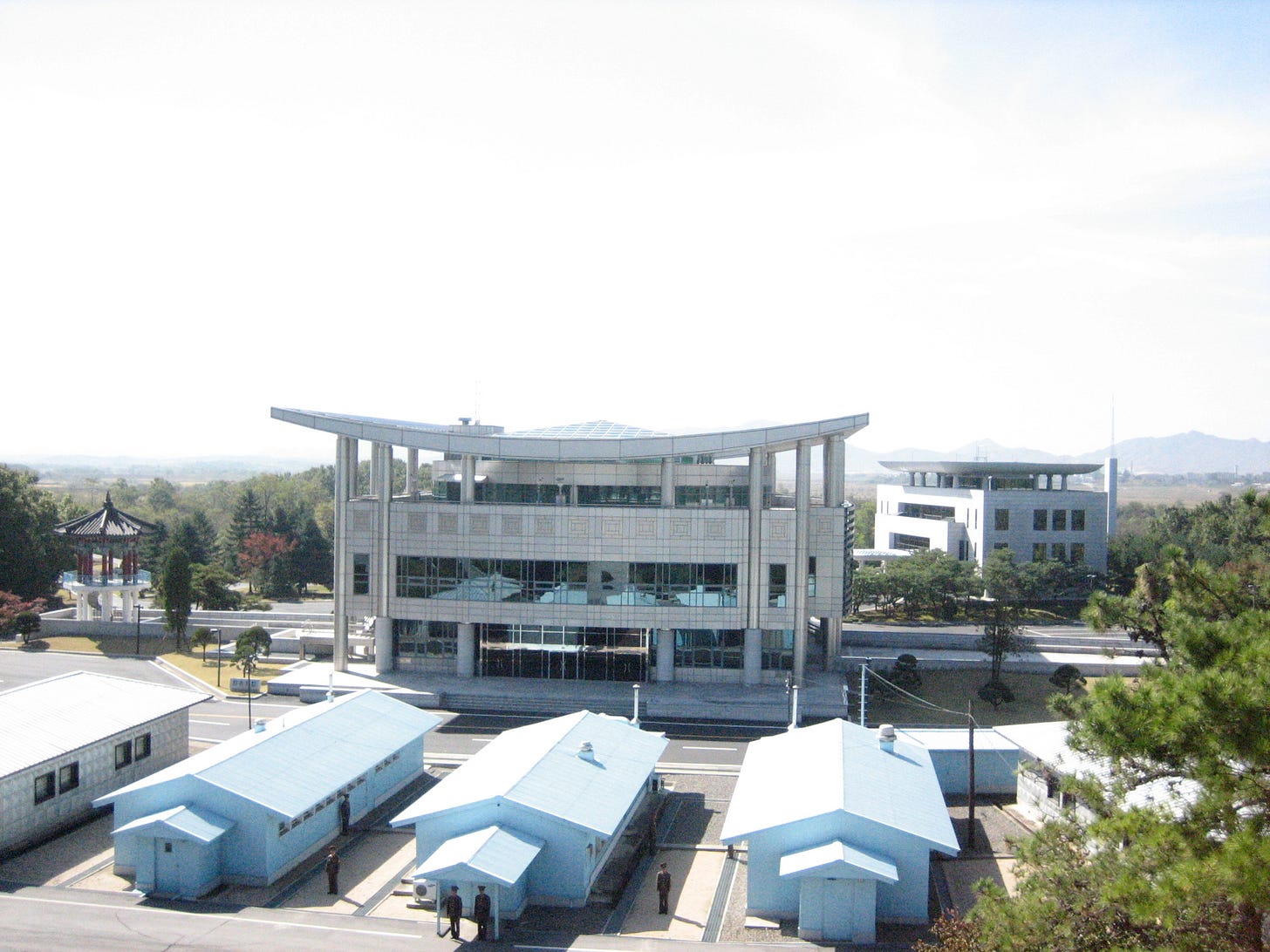
The Strange Case of Houses Split by Borders 🏠✖️
Some borders don’t follow rivers or mountains. They cut through towns and sometimes even through buildings.
In Derby Line, Vermont, and Stanstead, Quebec, the international border runs straight through houses, streets, and even a library. The Haskell Free Library and Opera House is perhaps the most famous: its reading room sits in Canada, its stage in the United States. A bold black line runs across the floor to mark the separation.
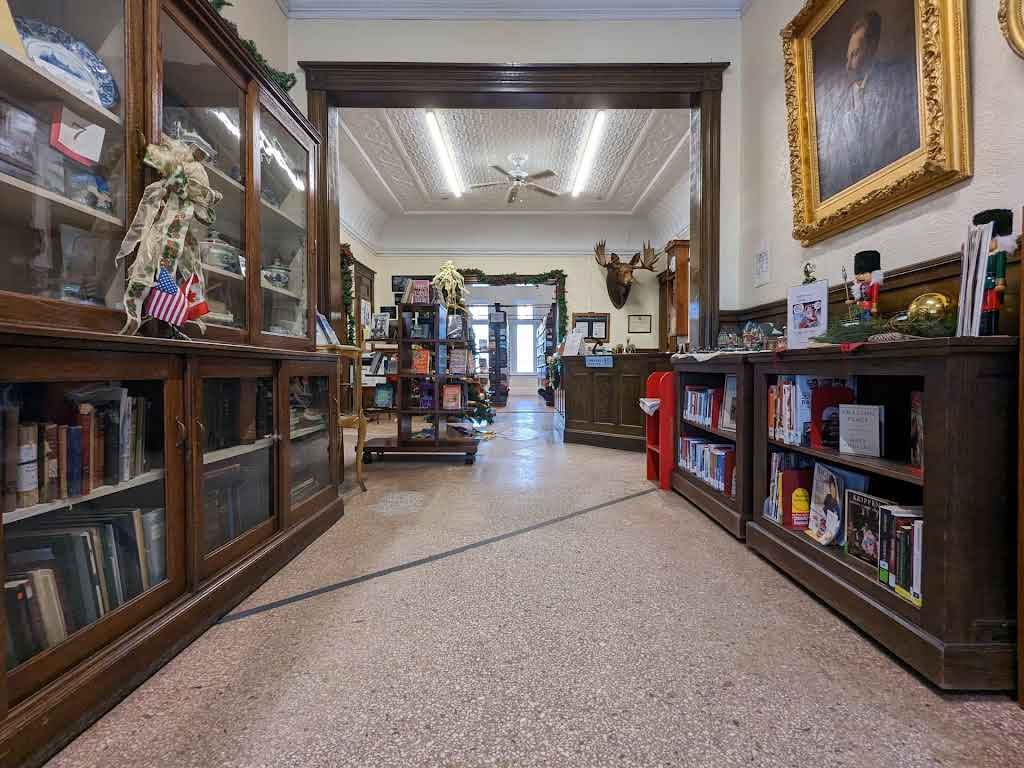
On nearby Canusa Street, neighbors live with one foot in each nation. Their friendships, families, and daily lives don’t stop at an invisible line on a map. It’s a powerful reminder: politicians divide, but people connect.
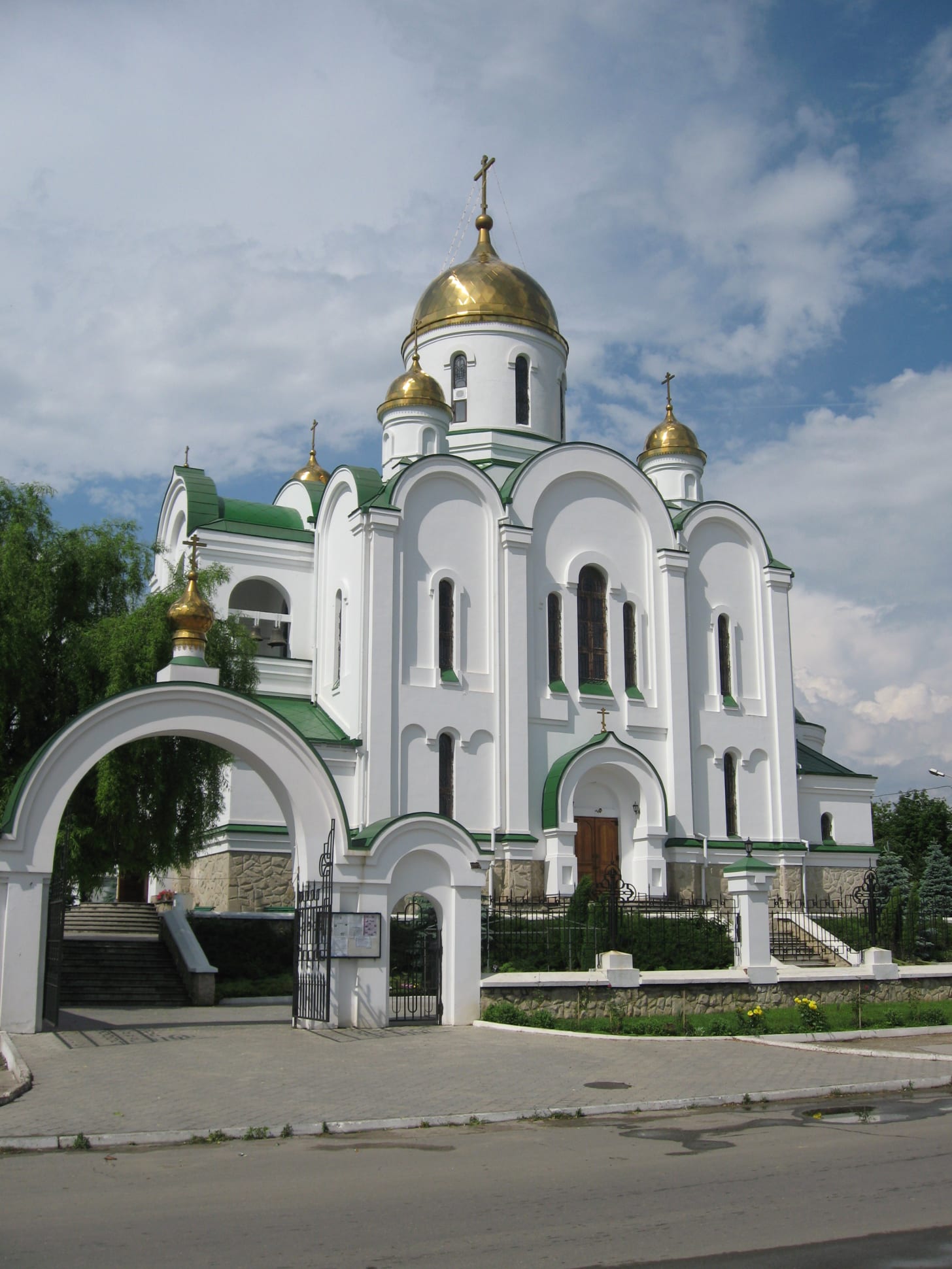
Travel Breaks Down Borders ✈️
When you travel, you quickly realize that borders are less real than they appear on a map. People greet you with warmth regardless of which passport you carry 🛂. Languages, food, and traditions spill across borders far more naturally than political lines allow.
In so many parts of the world, families, friendships, and cultures stretch across boundaries that governments insist are hard and fixed. But when you’re on the ground, sharing meals, stories, and laughter, you see that what unites us is always stronger than what divides us.
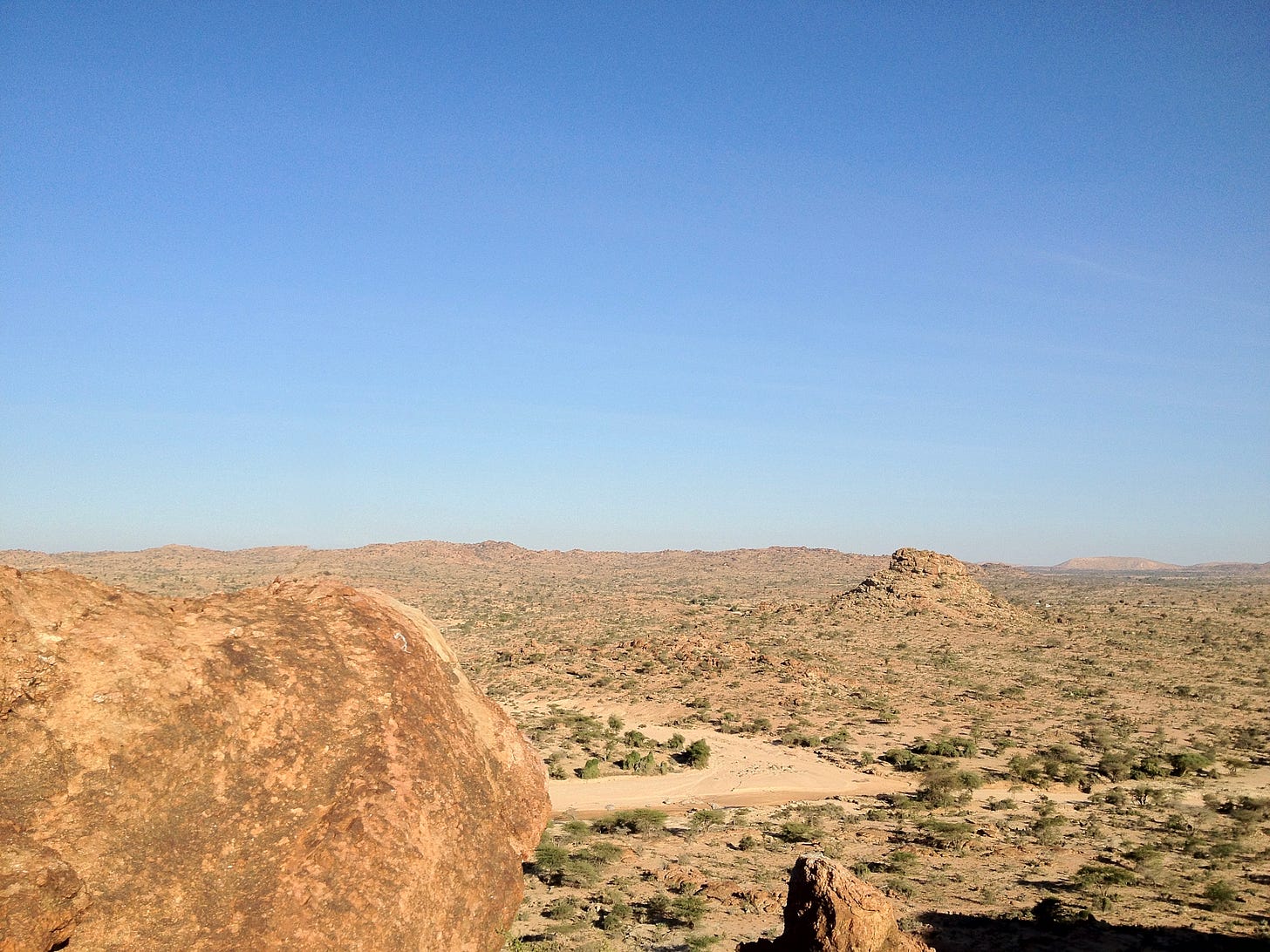
And that’s the heart of this journey. When I started this Substack, it took me a while to put into words what I was trying to achieve. Now it’s clearer to me: “196 countries, endless stories: bringing the world together, one story at a time.”
The Twin Towns of Baarle 🇧🇪🇳🇱
If there’s one place that shows how absurd borders can be, it’s the twin towns of Baarle-Nassau in the Netherlands and Baarle-Hertog in Belgium. On the map, the area looks like a puzzle gone wrong: Belgian enclaves lie inside Dutch territory, with tiny Dutch counter-enclaves sprinkled back inside Belgium.
On the ground, this means the international border runs right through shops, cafes, and even private homes. Residents live with two postal codes, two sets of laws, and sometimes two tax authorities—all depending on which side of a white cross painted on the pavement their doorway falls.
And yet, life in Baarle flows seamlessly, proving that human connection trumps political division.
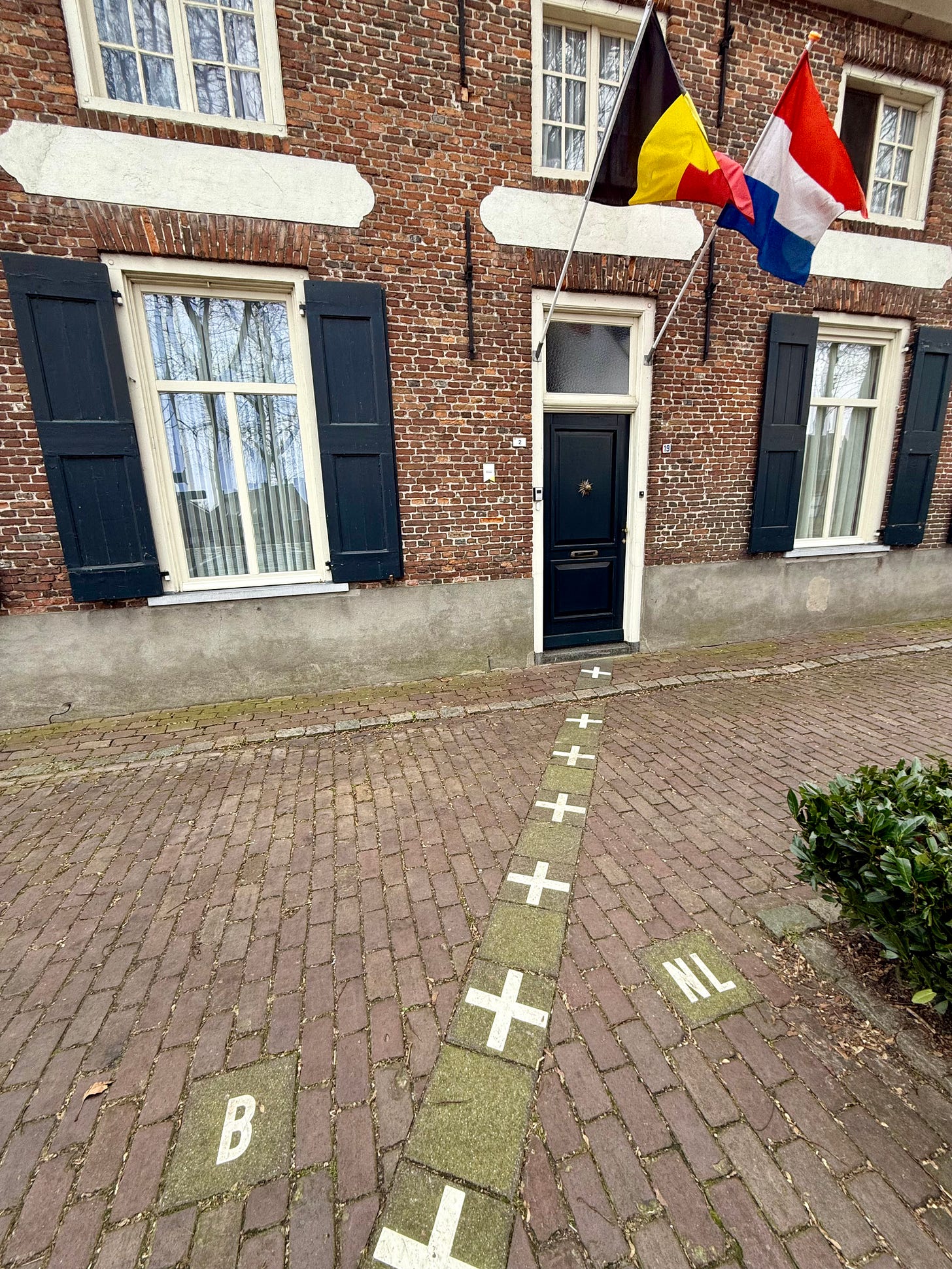
Final Thought: Don’t Let Maps Define Your World
Borders may define where one country ends and another begins, but they don’t define who we are.
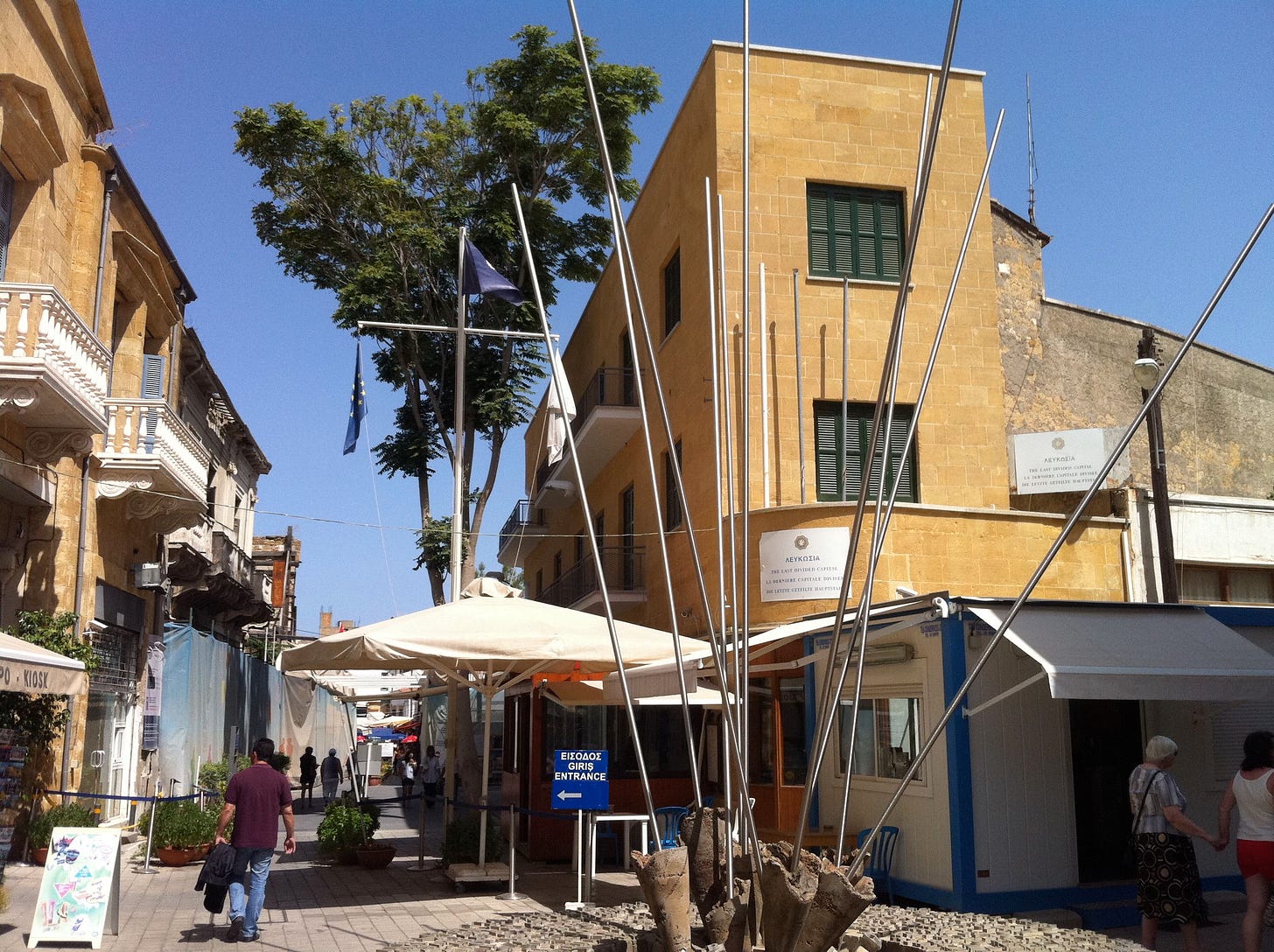
Travel tears down those invisible walls. It brings us into kitchens, markets, and conversations where humanity shines brighter than any passport stamp.
So get out there. Travel. Meet people. Share stories. And remember: the world is much bigger and much kinder than the lines drawn on a map.

